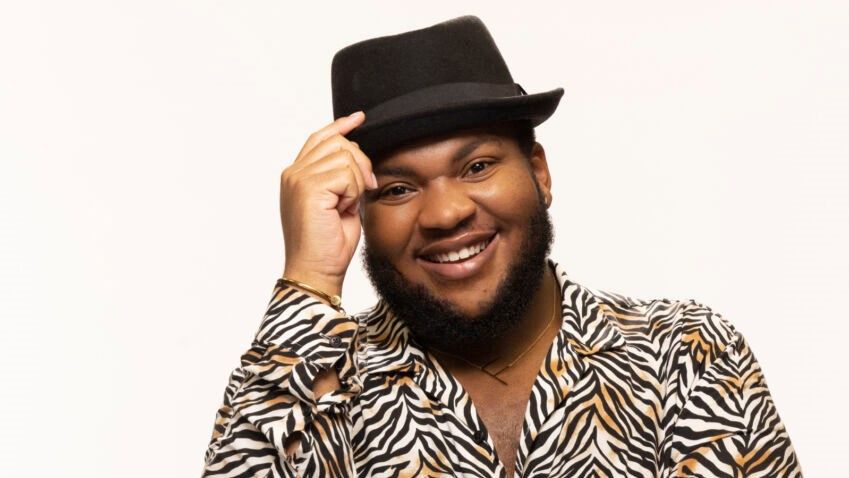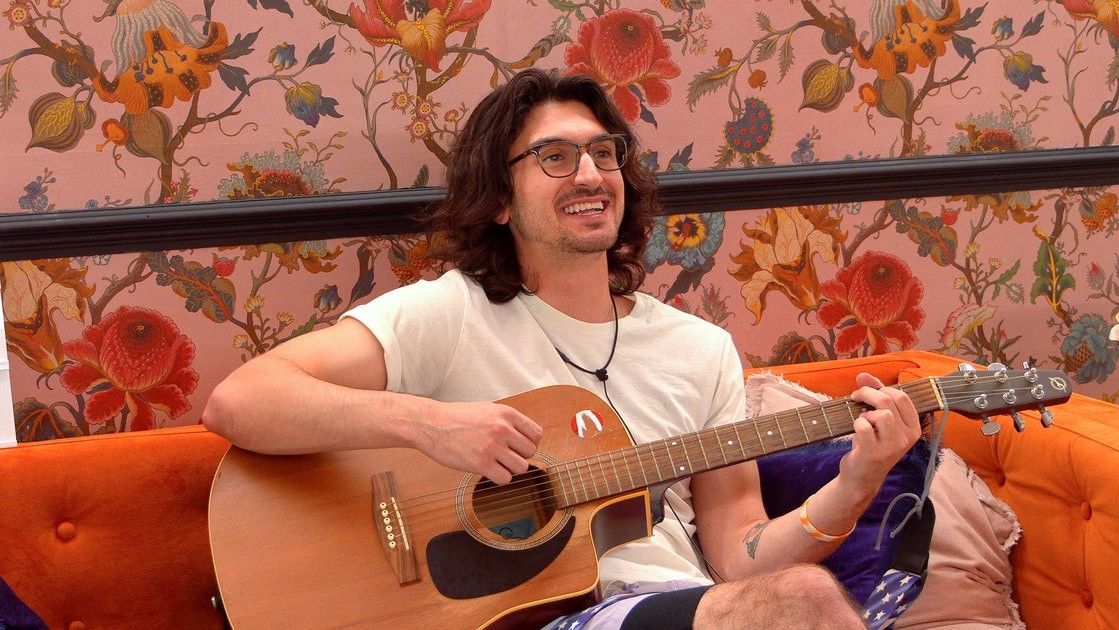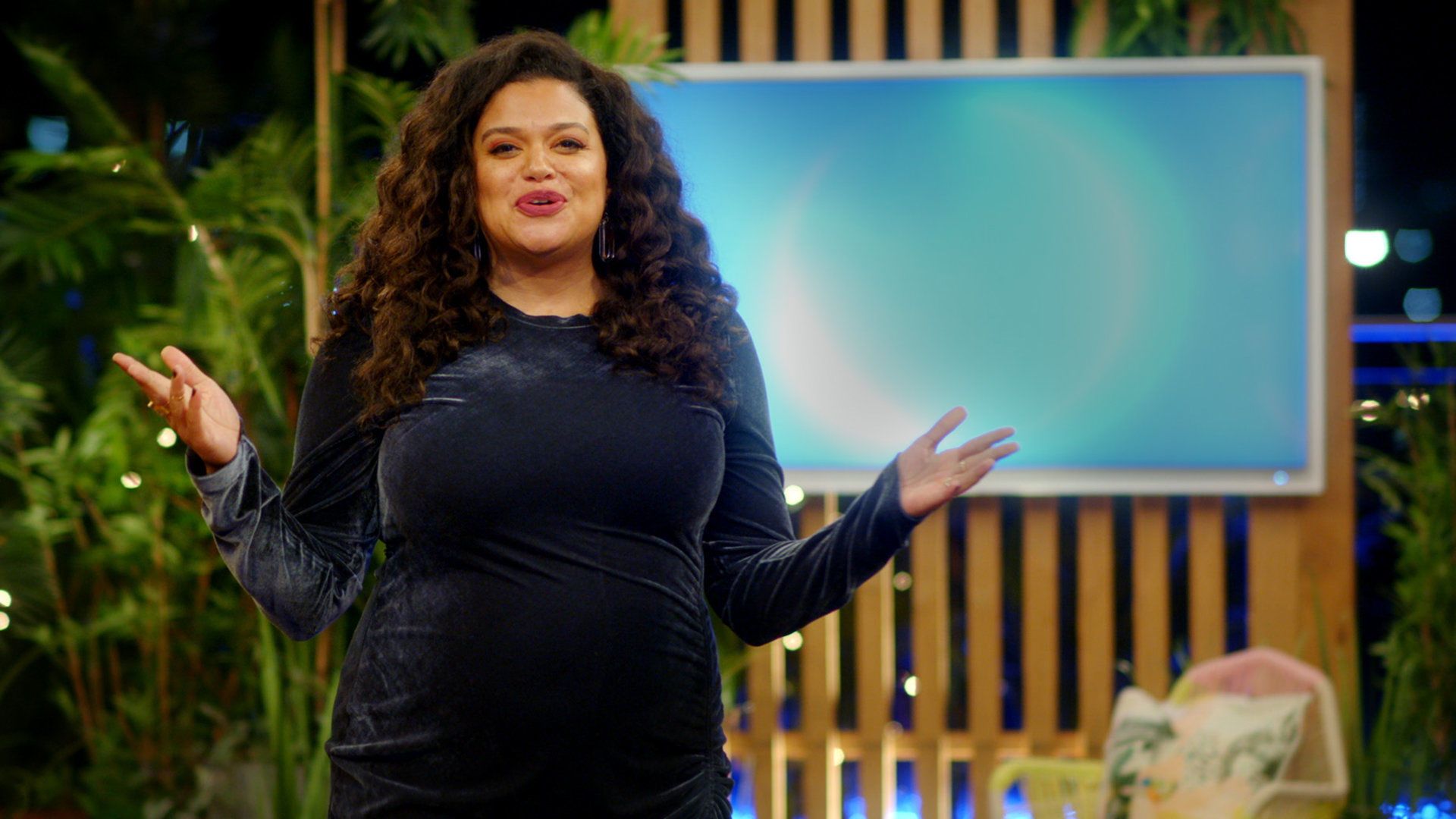The final episode of the latest season of competitive reality series The Circle dropped on Netflix on May 25. Fans of the show finally found out which of the five finalists is the fourth winner of the socially-based competition. Frank Grimsley, a 28-year-old social worker, beat fellow contestants Yu Ling, Eversen, Rachel, and Imani, taking home the $150,000 prize.
It’s a victory that came as no surprise. After all, Frank was a favorite to win the game from day one. Extremely positive and energetic, he quickly hit it off with most, if not all, of the other players, establishing himself as a recurring influencer and a force to be reckoned with. However, Frank doesn’t owe his success in The Circle exclusively to his cheerfulness and his kindness towards others. More than just high-spirited, he was also perceived by at least a good chunk of his Circle-mates as authentic.
Authenticity is a valuable asset in The Circle. Created by British network Channel 4 and originally released in 2018, the show’s format was picked up by Netflix in 2020. So far, the streamer has released four seasons of the American version of the game, as well as a Brazilian and a French version, each one with a single season on the platform. The series’ premise is quite simple, similar to what viewers have gotten used to seeing in other social competition reality shows, such as Big Brother. Confined to a single location, with no contact with the outside world, players must face off against one another and form alliances to make it to the end.
There is, however, a twist: locked up in small, one-bedroom apartments, contestants can only speak to each other through an in-game text-and-photo-based social media platform called The Circle. They can either play as themselves or catfish as supposedly more interesting people to be voted influencers and avoid being blocked. In The Circle, there’s no way of knowing if you’re chatting with an Italian-American mom from New Jersey named Carol or if you’re really sliding into the DMs of her son, John. To keep up the disguise, it’s important to craft an aura of likeability and, of course, genuineness.
It doesn’t always work. Circle-momma Carol, for instance, soon caught the attention of players that smelled something catfish-y in the air and was eventually kicked out of the game. Still, Season 2 winner DeLeesa St. Agathe managed to avoid any suspicion that she wasn’t actually her husband, Trevor, and all the finals so far, both American and international, had at least one surprise competitor in the mix. This definitely says a lot about how easy it is to fool people on-line and how authenticity in social media isn’t always authentic, but something that can be crafted with some level of expertise. This is pretty much the point of the whole experiment. However, The Circle also tells us a lot about the inner workings of socially-based reality TV.
Sniffing out catfishes isn’t a rule of The Circle. Or, at least, not a spoken one. Still, from the very first episode, players were on the lookout to get those profiles that just didn’t seem real as far away from the prize as possible. If you were to take a shot every time someone in The Circle says the words authentic, real, genuine, or catfish, well… let’s just say you better live near a well-supplied liquor store.
This obsession with busting the phonies has led to some interesting developments. In The Circle Brazil, model and former aspiring Miss Brazil Ana Carla was blocked because players saw her as too pretty to be real due to her professional-looking profile pic. A similar issue afflicted model Lou in The Circle France. In Season 3 of the American series, 52-year-old Michelle had to face off against a catfish version of herself and lost because she couldn’t answer a question about her wedding photo satisfactorily. Her hair looked too '80s for someone claiming she got married after the turn of the millennium, and no one considered the possibility that some people don’t keep up with fashion trends.
This goes to show that, in The Circle, your real self sometimes just isn’t real enough. Even when they go in as themselves, players must craft a persona that fits what is expected of them, at least to some extent. When Michelle, who had a profile pic with two adorable puppies, claimed not to allow her dogs to lick her mouth, eyebrows were raised. Likewise, Season 4’s John has said that Carol’s in-game behavior was just him being himself, except his personality doesn’t usually match what people expect from a 24-year-old man, so going in as his mom seemed like a safer bet. The complexities of being an actual person in the real world often don’t go well with authenticity. To be seen as genuine in The Circle, you must curate your persona, putting aside aspects of your personality that just don’t fit with the character you are playing and exacerbating those that may seem more legit. If only Michelle had said she was okay with a little dog kissing…
This personality crafting, however, isn’t exclusive to The Circle. In every social experiment-like reality show, from the aforementioned Big Brother to Survivor to Too Hot to Handle, participants must make themselves as amenable, dependable, and trustworthy as possible to win favor with prospective allies. Some prefer to play the fool, pretending to be not as smart or strong as they actually are so others won’t see them as a threat — the same strategy adopted by The Circle’s Alex, a nerdy 34-year-old catfishing as a frat bro in his early 20s. There are also those that like to assert dominance over their fellow players, as well as those that enjoy going the lone wolf route. To say that no reality show contestant exhibits in real life any of the traits they present in-game would be a lie, but they certainly aren’t allowed to be as tridimensional as they would be in a non-televised scenario. After all, due to the pressure of the game and their limited time to build connections, they must show who they are very quickly. Refusing to do so might result in other players thinking you are too secretive and, therefore, untrustworthy, or simply boring. And doing so in a way that is actually true to yourself, well, that might lead to your behavior being misconstrued as erratic or plain fake.
Examining your every single move and word through strategic lenses is Reality Competition 101. Still, in no show do we get to see this strategizing as well as we do in The Circle. Big Brother house guests can explain their line of thinking to fans in the Diary Room, and most shows have at least some form of confessional for participants to talk about their thoughts and feelings, even those in which the competition isn’t socially-based, like Project Runway or RuPaul’s Drag Race. But, apart from the goodbye videos blocked contestants leave for the remaining players, The Circle has no confessional. Nonetheless, we still get to see a lot of what goes on in each contestant’s mind. Circle members are instructed to say their thoughts out loud as they chat with one another or decide who will take the last spot in their ratings. This gives us a unique insight into their game plans, as, even though there is almost always some difference between what we think and what we actually put into words, they don’t have the time to concoct a whole statement about their decisions. We get to see and hear them planning their every move as they go.
Of course this doesn't mean that the person we, the viewers, see on our screens is 100% the real deal, and not just a constructed persona. After all, The Circle isn’t just about the prize. Most players also aspire to become media personalities, as is usually the case with any reality show, competitive or not. In order to achieve this goal, they must create a persona that audiences can identify with and enjoy watching. Those uglier qualities all of us have must be left outside the Manchester apartment building in which all versions of the series are shot. The problem is these faults are sometimes abandoned alongside interesting personality traits, resulting in one-note personas that just aren’t relatable or memorable. When we take into consideration the editing that goes into turning confessionals, loose conversation bits and random day-to-day shenanigans into a cohesive story, it’s not hard to see how many layers there are separating the reality show contestants we see onscreen and the people they are in real life. But, by adding an extra degree of separation and forcing its contestants to reveal their plans out loud, The Circle shines a light on how inauthentic televised authenticity actually is, whether or not you’re playing as a catfish. This in no way should be construed as a slight on reality TV, however. Just like with fiction, it is important to tell the performer from the performance.




